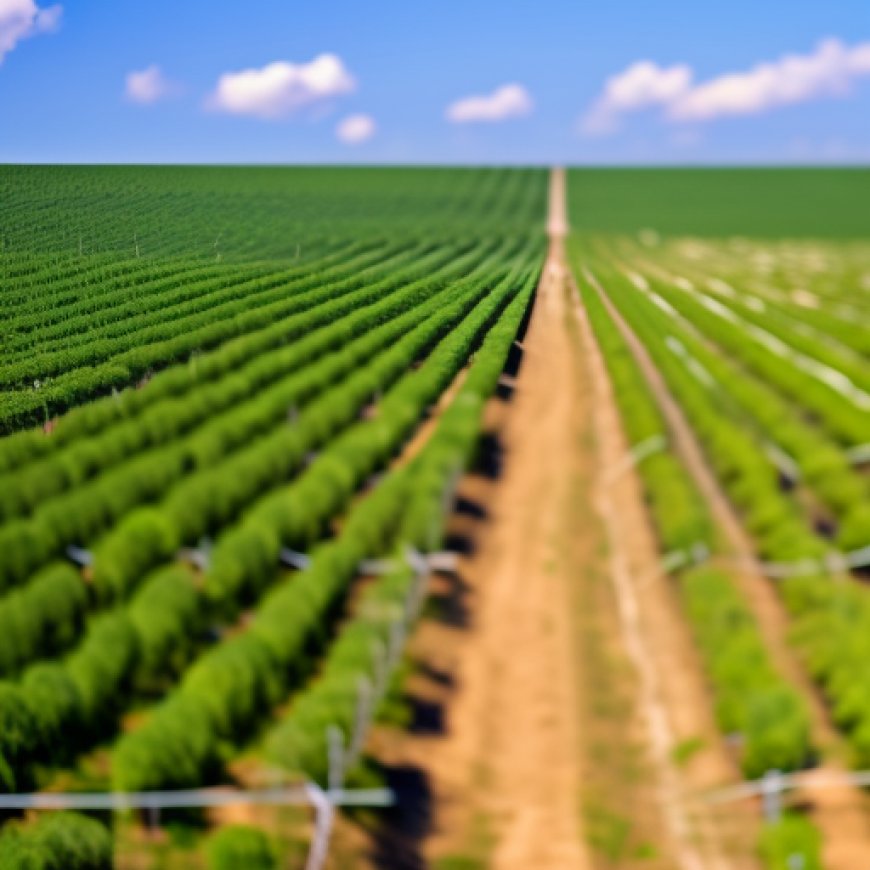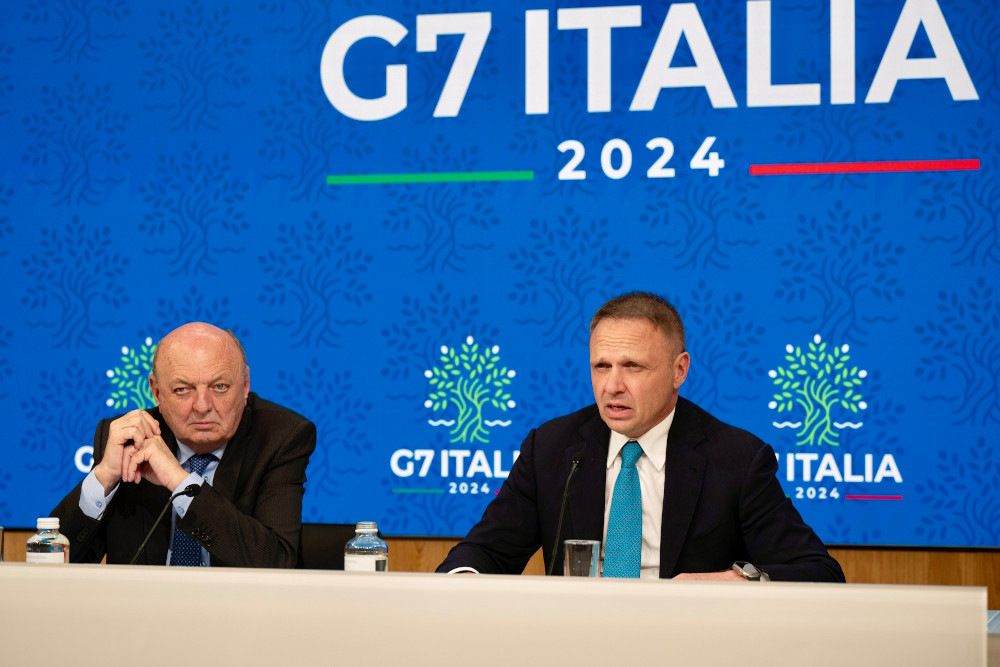Italy: Extensive restrictions planned for solar parks on agricultural land
Italy: Extensive restrictions planned for solar parks on agricultural land PV Europe


Agriculture Minister and Environment Minister Present New Regulations in Italy

Agriculture Minister Francesco Lollobrigida and Environment and Energy Minister Gilberto Pichetto Fratin jointly presented the planned new regulations this week. Accordingly, the construction of solar parks with modules installed close to the ground on agricultural land will be banned nationwide in Italy.
“We wanted to regulate the use of photovoltaic panels, and we believe that the land serves to produce and energy production must be compatible with agricultural production,” said Minister of Agriculture Lollobrigida.
Agri-PV systems possible
Agri-PV systems where agricultural use of the land is still possible are still permitted under the planned new regulation. Projects that are already in the approval phase are also exempt from the new regulations.
Also interesting: Agri-PV”Dual use with animal husbandry has great potential”
In addition, according to the government’s plans, it is still permissible to erect ground-mounted PV systems in quarries, mines, areas under concession to the state railway, areas under concession to airport concessionaires, areas protecting the motorway strip, and areas inside industrial plants.
Planned regulations now discussed in parliament
The ball is now in the court of the two chambers of parliament, which will discuss the government package and can still amend it.
Download our free Special Edition: Dual use of land: New special on Agri-PV
Criticism came from Italia Solare. According to the industry association, the new regulation proposed by the government is an unnecessary restriction on photovoltaic installations on agricultural land. “One percent of unoccupied agricultural land is enough to realize 50 percent of the 50 GW required to meet the 2030 targets with ground-mounted systems, the remaining 50 percent can be installed on rooftops. Agriculture and PV can coexist nicely with crops between rows of PV modules,” wrote Italia Solar in a letter to Italian Prime Minister Giorgia Meloni. (hcn)
SDGs, Targets, and Indicators Analysis
-
SDGs Addressed or Connected to the Issues Highlighted in the Article
- SDG 2: Zero Hunger – The article discusses the need for agricultural land to be compatible with energy production, indicating the importance of ensuring food security and sustainable agriculture.
- SDG 7: Affordable and Clean Energy – The article focuses on the regulation of photovoltaic panels and their compatibility with agricultural production, highlighting the connection between renewable energy and sustainable development.
- SDG 11: Sustainable Cities and Communities – The article mentions the permissibility of erecting ground-mounted PV systems in specific areas, indicating the importance of sustainable urbanization and infrastructure development.
-
Specific Targets Under the Identified SDGs
- SDG 2: Target 2.4 – By 2030, ensure sustainable food production systems and implement resilient agricultural practices that increase productivity and production, that help maintain ecosystems, that strengthen capacity for adaptation to climate change, extreme weather, drought, flooding, and other disasters, and that progressively improve land and soil quality.
- SDG 7: Target 7.2 – By 2030, increase substantially the share of renewable energy in the global energy mix.
- SDG 11: Target 11.3 – By 2030, enhance inclusive and sustainable urbanization and capacity for participatory, integrated, and sustainable human settlement planning and management in all countries.
-
Indicators Mentioned or Implied in the Article
- Indicator for SDG 2: Proportion of agricultural area under productive and sustainable agriculture.
- Indicator for SDG 7: Share of renewable energy in the total final energy consumption.
- Indicator for SDG 11: Proportion of urban population living in slums, informal settlements, or inadequate housing.
SDGs, Targets, and Indicators Table
| SDGs | Targets | Indicators |
|---|---|---|
| SDG 2: Zero Hunger | Target 2.4 – By 2030, ensure sustainable food production systems and implement resilient agricultural practices that increase productivity and production, that help maintain ecosystems, that strengthen capacity for adaptation to climate change, extreme weather, drought, flooding, and other disasters, and that progressively improve land and soil quality. | Proportion of agricultural area under productive and sustainable agriculture. |
| SDG 7: Affordable and Clean Energy | Target 7.2 – By 2030, increase substantially the share of renewable energy in the global energy mix. | Share of renewable energy in the total final energy consumption. |
| SDG 11: Sustainable Cities and Communities | Target 11.3 – By 2030, enhance inclusive and sustainable urbanization and capacity for participatory, integrated, and sustainable human settlement planning and management in all countries. | Proportion of urban population living in slums, informal settlements, or inadequate housing. |
Copyright: Dive into this article, curated with care by SDG Investors Inc. Our advanced AI technology searches through vast amounts of data to spotlight how we are all moving forward with the Sustainable Development Goals. While we own the rights to this content, we invite you to share it to help spread knowledge and spark action on the SDGs.
Fuente: pveurope.eu

Join us, as fellow seekers of change, on a transformative journey at https://sdgtalks.ai/welcome, where you can become a member and actively contribute to shaping a brighter future.







